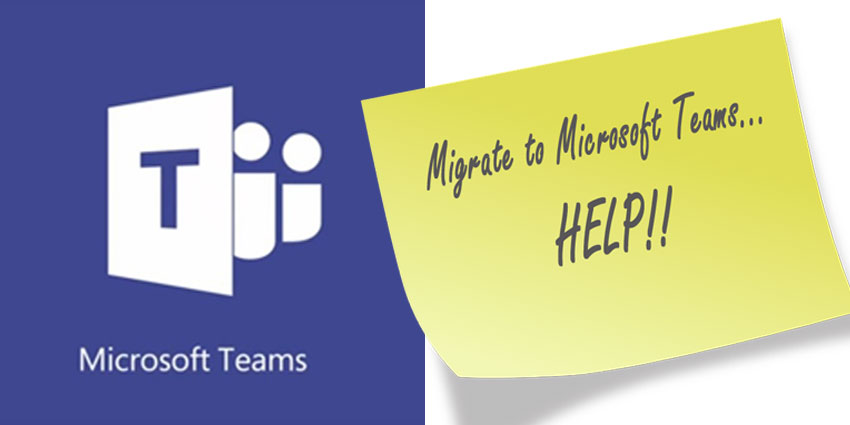A few months ago, Microsoft left a lot of Skype for Business users biting their nails after the announcement that Skype for Business would soon be absorbed by Microsoft Teams – the company’s flagship solution for collaboration. Now, as time has passed, and the company has released more information about what its customers can expect from the transition, the anxiety around the move to Teams is starting to wane.
Of course, just like any transformative event in the UC world, it’s important to make sure that you’re properly prepared if you want to make the most out of the Teams experience. With that in mind, here are a few quick tips you can follow to improve your chances of a successful migration to the new solution for Microsoft Collaboration.
Before You Switch to Microsoft Teams
Importantly, before you start your migration to Microsoft Teams, there are a few questions you’ll need to ask yourself. For instance, the most obvious issue you’ll need to address is whether “Teams” is included as part of your license. You’ll also need to double-check the technical requirements for dependent services like SharePoint and Exchange.
Once you know you’ve got the right foundations in place to support Microsoft Teams, you can start your path towards a successful implementation.
Step 1: Bring Your “Teams” Together
As anyone with experience rolling a new technology out into a company will know, it’s important to have buy-in from the right people. Start by assembling a group of people from your user, IT, and business communities to act as a decision-making group for your deployment. This group of people will help you to dictate where Teams needs to be deployed to deliver the most value and productivity for your brand.
Step 2: Know Your Use Cases
A great collaboration strategy isn’t just about adding new technology to your community wherever it will fit. Instead, you should be searching for relevant spaces in your communication ecosystem that will benefit from collaboration tools and asking them what they need to facilitate adoption. Often, the most successful Teams deployments will revolve around the agile organisations in your business that work closely together on a regular basis – such as product development groups, financial groups, and marketing teams.
Step 3: Make Governance Decisions
Essentially, governance for Microsoft Teams is very similar to governance for Office 365 Groups. You’ll need to determine who you’re going to allow to create Teams, and what kind of rules those people will need to follow to keep everything running smoothly. Ideally, this will involve coming up with naming conventions and collaboration strategies for your administrators to follow when they launch new “Teams” groups.
Step 4: Conduct Pilot Tests
Rather than rolling your new Microsoft Teams strategy out to everyone in your company at once, it might be helpful to conduct a pilot run where you get early adopters, champions, and stakeholders involved to see how the system works for your brand. A pilot will give you more information about how you can use Teams and Office 365 together successfully in your business.
Step 5: Measure, Track and Optimise
Finally, once you’re ready to deploy Teams, make sure that you’re equipped with all the information and tools you need to track important key performance indicators in your workforce. The more you can track useful information about productivity, efficiency, and adoption, the easier it will be for you to optimise the Teams experience for everyone involved.







